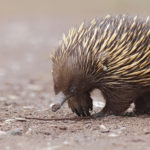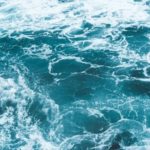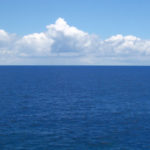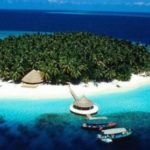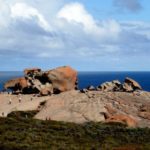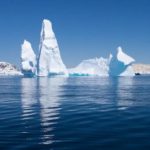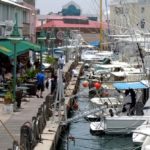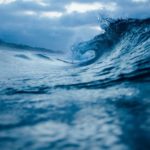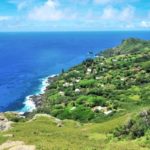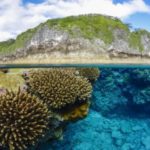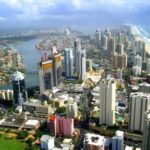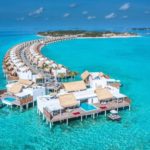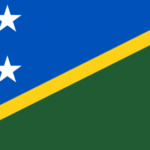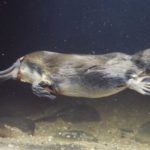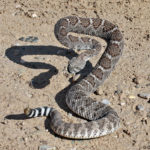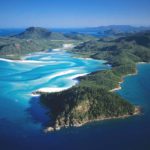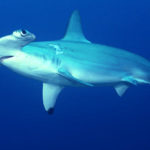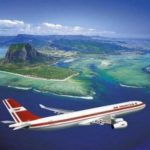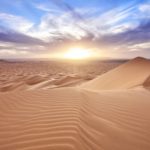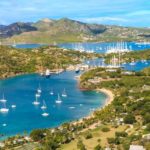Tasmania Discovery History
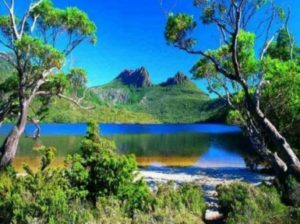 The amazing island of Tasmania – located about 250 km south of Australia, where the warm greenish waters of the Indian Ocean merge with the blue cold waters of the Pacific Ocean, at the latitude of the “Roaring forties”.
The amazing island of Tasmania – located about 250 km south of Australia, where the warm greenish waters of the Indian Ocean merge with the blue cold waters of the Pacific Ocean, at the latitude of the “Roaring forties”.
If there is a paradise on earth, then this is Tasmania. The Australians, it is called – the island of Repose.
And indeed it is. Literally, everything in Tasmania was created for relaxation, and permanent residence here becomes just a fairy tale.
The area of the island is about 68 thousand square kilometers and almost all types of southern landscapes are represented here. There are sharp mountain ranges, pampas, green valleys and plateaus, savannahs and deserts, impenetrable jungle and rain forests, bottomless blue lakes, beautiful bays framed by white sand beaches and rocky fjords.
The wonderful climate, low rocky mountains covered with emerald forests, crystal waters of rivers and lakes, small cozy bays and bays, rare animals and birds make this place unique.
The history of the discovery of the island is amazing, since ancient times this place on the globe was notorious among sailors due to the fact that it is here that destructive storms most often happen.
But it was the sailors of the sailing fleet, who often escaped from fatal storms in the quiet bays of this island, that Europe owed the discovery, in the middle of the seventeenth century, of this paradise, named after the Dutch navigator Abel Tasman, the first European to set foot on this shore.
This fertile land has long been inhabited by natives. The warm climate, the abundance of edible plants, game and fish allowed the indigenous tribes to live here for many years “Like Christ’s bosom.” But with the advent of civilization, everything changed radically. The Europeans who came here rightly appreciated all the advantages of this fertile island. First, the natives were supplanted from convenient places inhabited by them on the coast to mountainous places, and by the beginning of the twentieth century they got rid of them altogether. Tasmanian tribes for the most part were simply exterminated by the British colonialists. They were hunted as wild animals. The remnants of the natives died on the reservations themselves, because of the diseases brought to the island from which the natives did not have immunity. Here is a surviving photograph of the last indigenous people of Tasmania.
For accommodation, the British brought to the island of convicts. This pursued two goals: get rid of bandits in Britain itself and receive free labor in the new colony. More than 75 thousand convicts were brought to the island, plus a guard for them. The prisoners plowed the land and mastered agriculture, harvested timber, built cities, arranged seaports, mined copper in mines and built their own prisons. The labor of the convicts was just awful. Without any technique, often even replacing working cattle, these people uprooted trees, plowed virgin lands and did everything they needed to turn a wild island into a place where you can live satisfying and comfortable.
Of course, the issue of nature conservation was not raised at all, especially when copper was explored on the island. As a result, many of the most beautiful places on the island were disfigured, and the slopes, once covered with virgin forest, were turned into waste dumps. To restore all this in its original form, it will take many centuries, great efforts and means. Even under ideal conditions, forests can be regenerated no earlier than 500 years later.
All convicts were kept in special settlements, the remains of which have survived to this day. Or in prisons, such as on the west coast in Port Arthur, which now reminds the current generation who were the builders of New Tasmania.
Convicts who tried to escape from places of detention were generally kept in underground prisons, which were cut down in rocks, from there there were only two roads: to the cemetery or to the house of the insane.
But the terrible hard labor was not in vain. Within a few years, the island appeared equipped towns, good roads with original bridges across numerous rivers.
At the beginning of the twentieth century, Tasmania became a full state of Australia. And its capital is the city of Hobart, now a major seaport and tourist center. The seaport of Hobart is the second deepest port in the world after Rio de Janeiro and serves as the base for maritime communication with Antarctica on which Australia has its considerable possessions.
